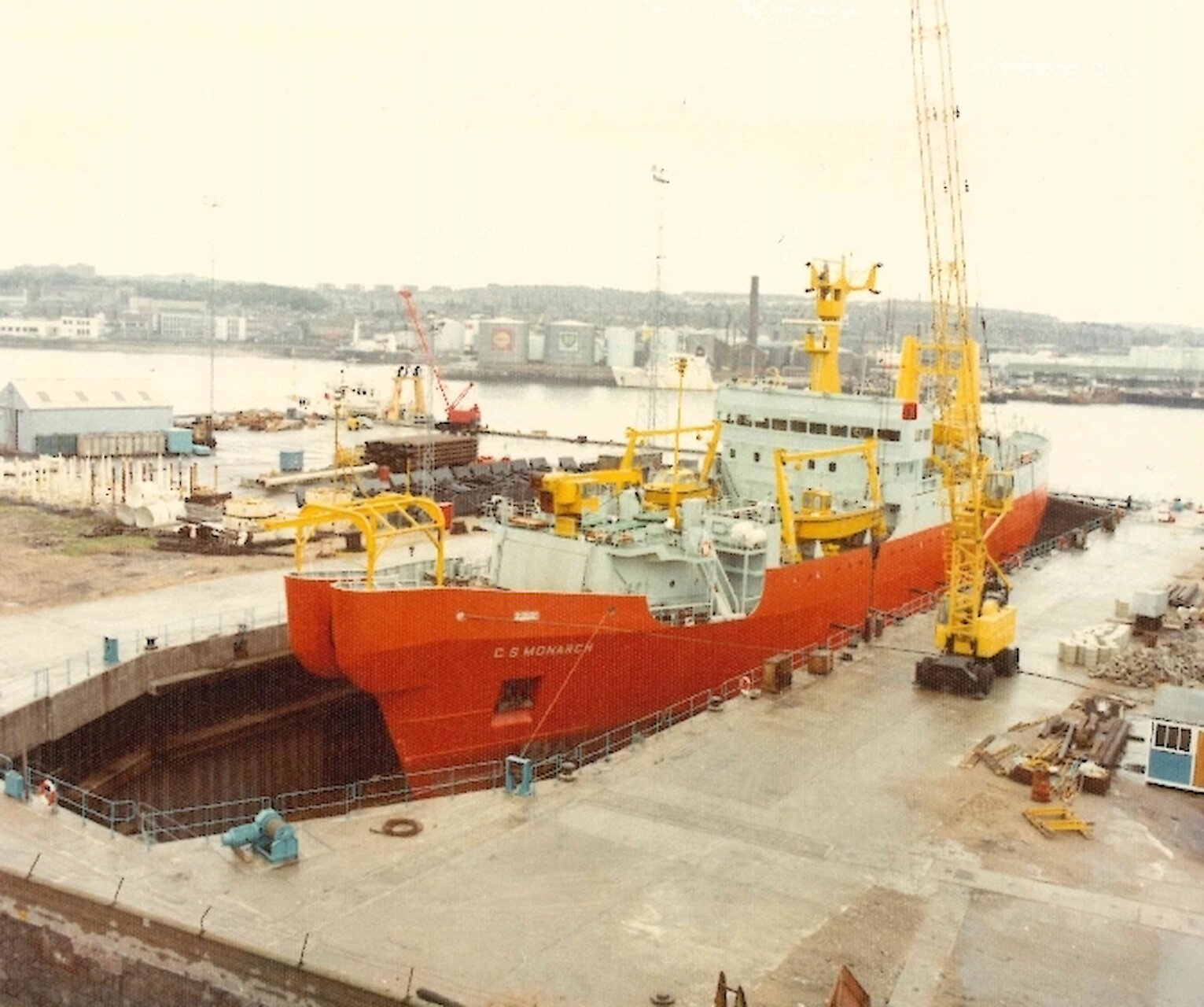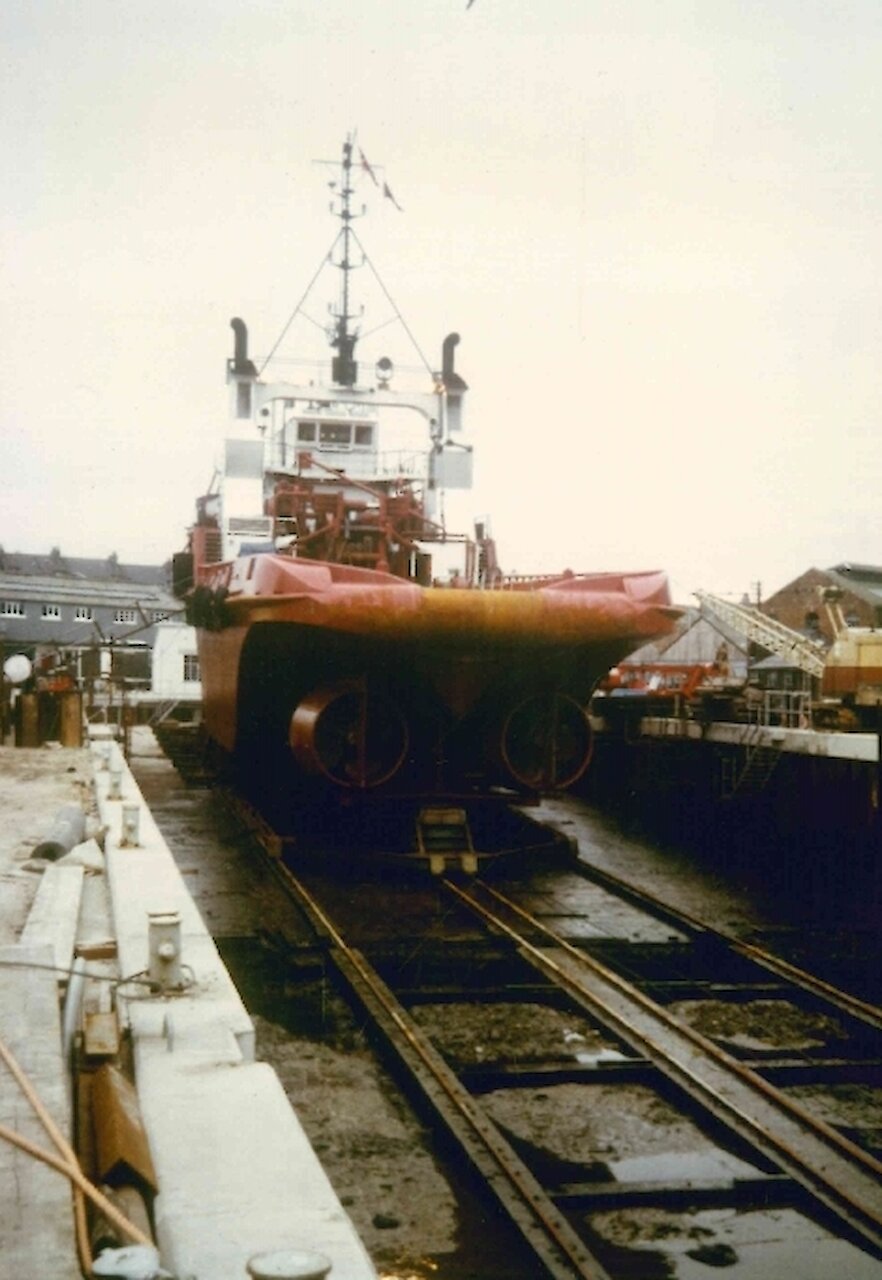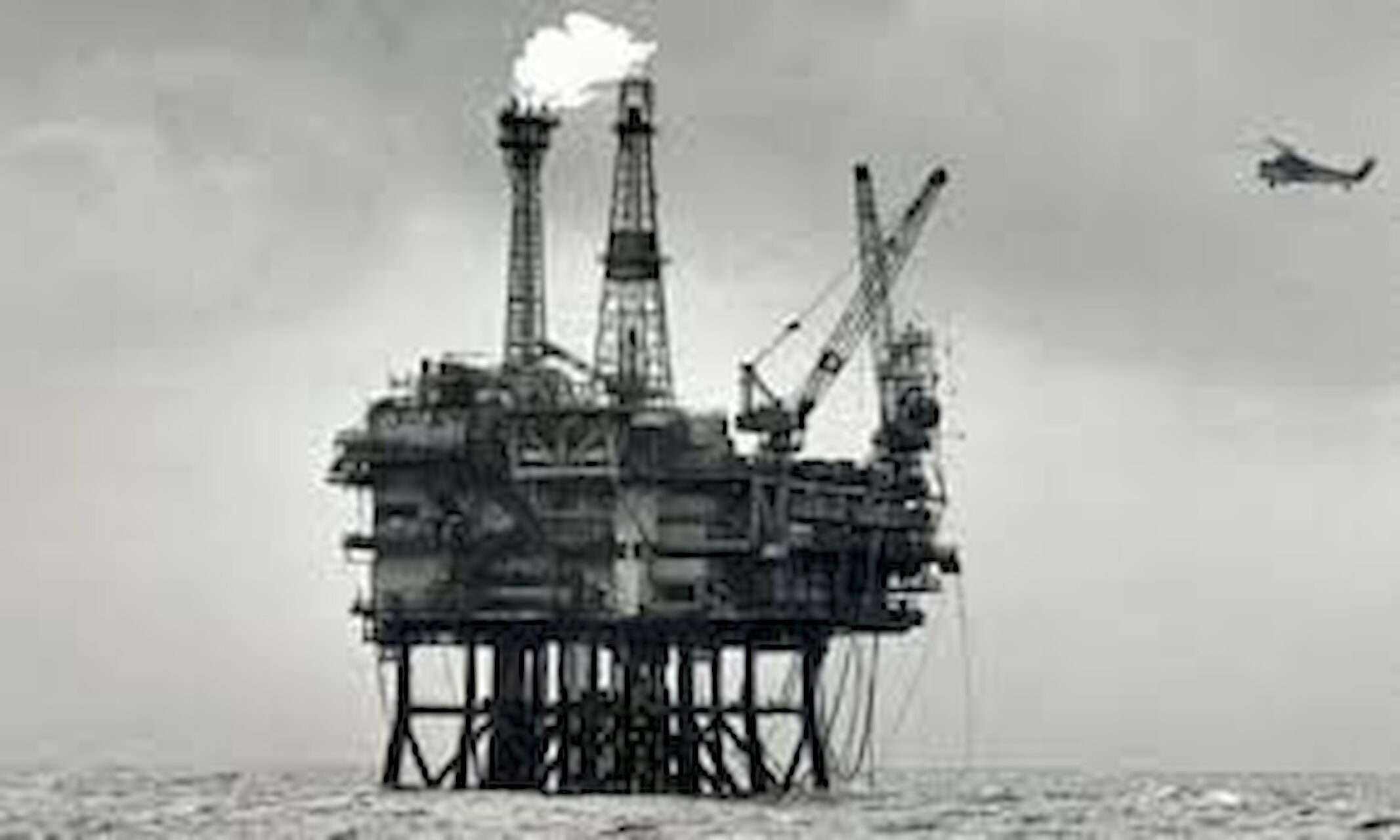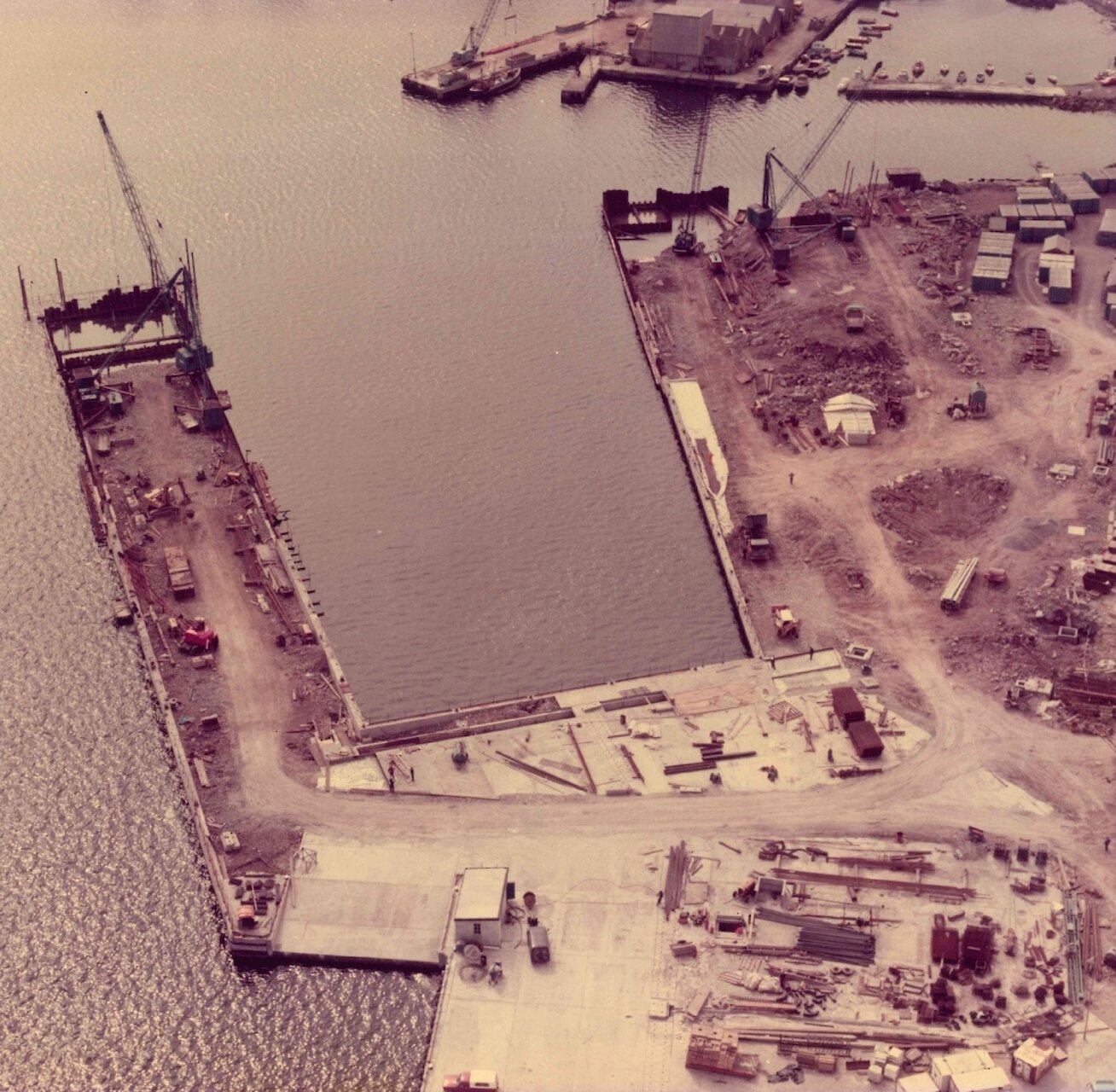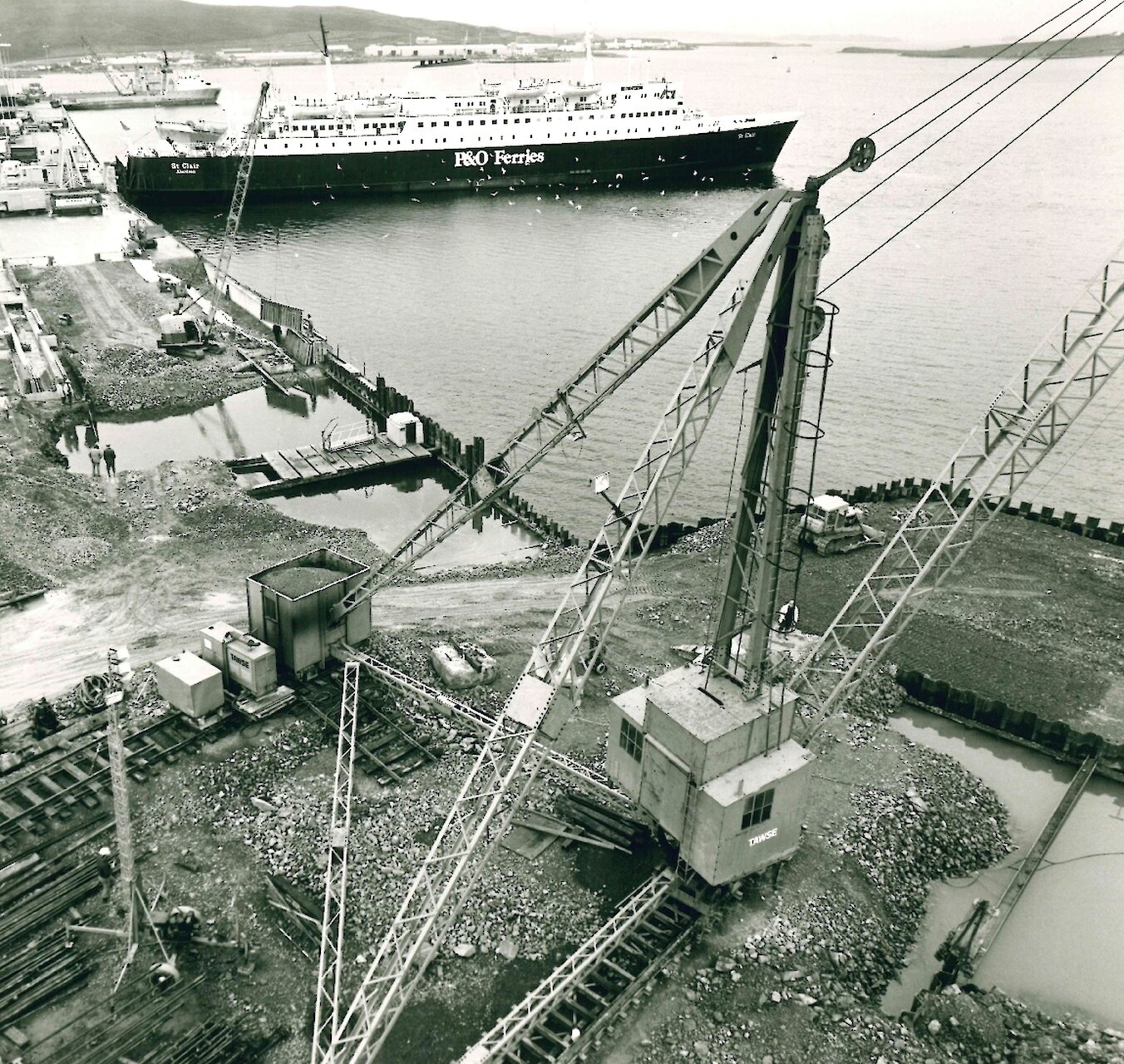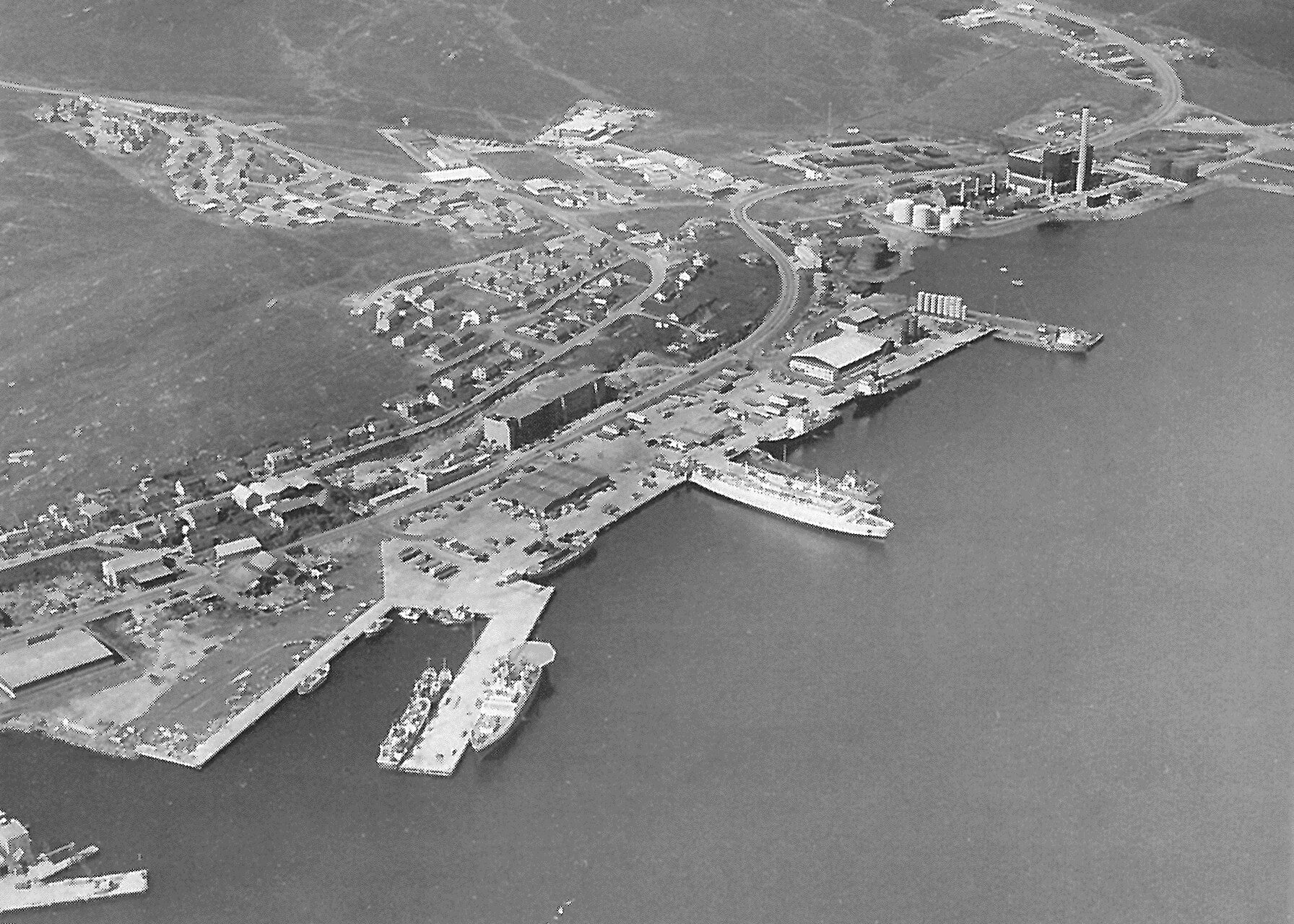The decade was dominated by a dramatic upswing in work arising from oil, fishing and marine infrastructure projects, with Aberdeen well on its way to becoming the "Oil Capital of Europe" but it was also a time of sadness and major change to the company’s structure.
The 1970s were a difficult time for Arch Henderson. Within the space of two years, three of the four Partners died suddenly. Malcolm Morrison died in 1971, aged 62; Ian Henderson died in 1972, aged 59; and Eric Greig died in 1973, aged only 50. The loss of the three valued Partners over such a short period was a serious blow that hit the firm hard. The surviving Partner, Gordon Henderson, had little choice but to seek outside help. Initially, he formed an association with Glasgow based consulting engineers, James Williamson & Partners, and in 1977 this became a full Partnership with the firm trading under the name of ‘Arch Henderson, James Williamson Partnership’, with the Glasgow firm becoming one of the joint Partnership’s Partners. Later, in 1979, John Wilson became the second individual Partner in the joint Partnership. He had joined the firm in 1973.
James Williamson & Partners was founded by James Williamson, a pioneer of the development of hydro-electricity in Scotland, and a key player in the early years of the North of Scotland Hydro-Electric Board. As well as designing a number of hydro-electric schemes James Williamson & Partners also specialised in the design of large thermal and nuclear power stations. Their office in Glasgow assisted the Aberdeen office when required, and they also provided a number of site supervision staff.
Arch Henderson continued to work on the east coast harbours which it had served since its early days, including harbour repair or improvement works from Lybster in Caithness, through Moray Firth ports such as, Lossiemouth, Macduff, and Buckie, to Anstruther and Pittenweem in Fife. In Aberdeen it designed the dry dock for Hall Russell and Co Ltd. This dock accommodated vessels of up to 9000t, and is now the sole survivor of the works designed for Hall Russell.
Many more oil fields were discovered and the demand for supply bases for oil exploration and development work soared. Aberdeen Harbour was packed with supply boats and companies competed to set up bases in the harbour there, and to the north at Peterhead. The firm's involvement in the oil industry included work on the oil service bases set up by the Wood Group and Seaforth Maritime, and on foundations for tanks and silos such as those for the Salvesen Offshore Services mud facility at Point Law.
In Lerwick, the firm was kept very busy, designing Laurenson Quay with its fish market building, and a new pier for a herring by-products fishmeal factory at Heogan in Bressay. The Harbour Trust undertook a major series of new works at Holmsgarth in the north harbour. The first stage created two oil supply bases to be leased to Shell and to BP. This was followed by Lerwick’s first Ro-Ro terminal with a new pier, linkspan and an adjacent quay for general cargo and for the tankers bringing oil to fuel the Lerwick Power Station. The final stage, which was not completed until 1980, was the construction of Morrison Dock, a new sheltered dock for the fishing fleet with a deep water berth on the outside of the sheltering pier.
In the Scottish Isles the work included the design of Stornoway’s first Ro-Ro ferry berth, required for the start of the new ferry service to Ullapool, and also repairs to the piers in Kirkwall.
